5 Simple Steps That’ll Help You Determine How Often You Need to Blog
The biggest blog in the world, Huffington Post, publishes one piece every 58 seconds.
That’s about 1,600 to 2,000 articles per day.
And this is a stat from 2013. As of today, you can expect at least a couple hundred more per day.
Shocking?
Let’s look at some more publishing numbers from esteemed blogs and media houses (these are numbers reported by Digiday as of July, 2013).
Let’s look at more updated frequencies of websites in a different niche.
Here are posting frequencies of technical blogs like Techcrunch, The Next Web and a few others in Jan, 2015.

Those are astounding numbers.
So the message is clear:
You need to crank up your posting frequency to hundreds per day for achieving success as a blogger.
Or do you?
Brian Dean flaunted that he has managed to get 1 million unique visits over the last year.
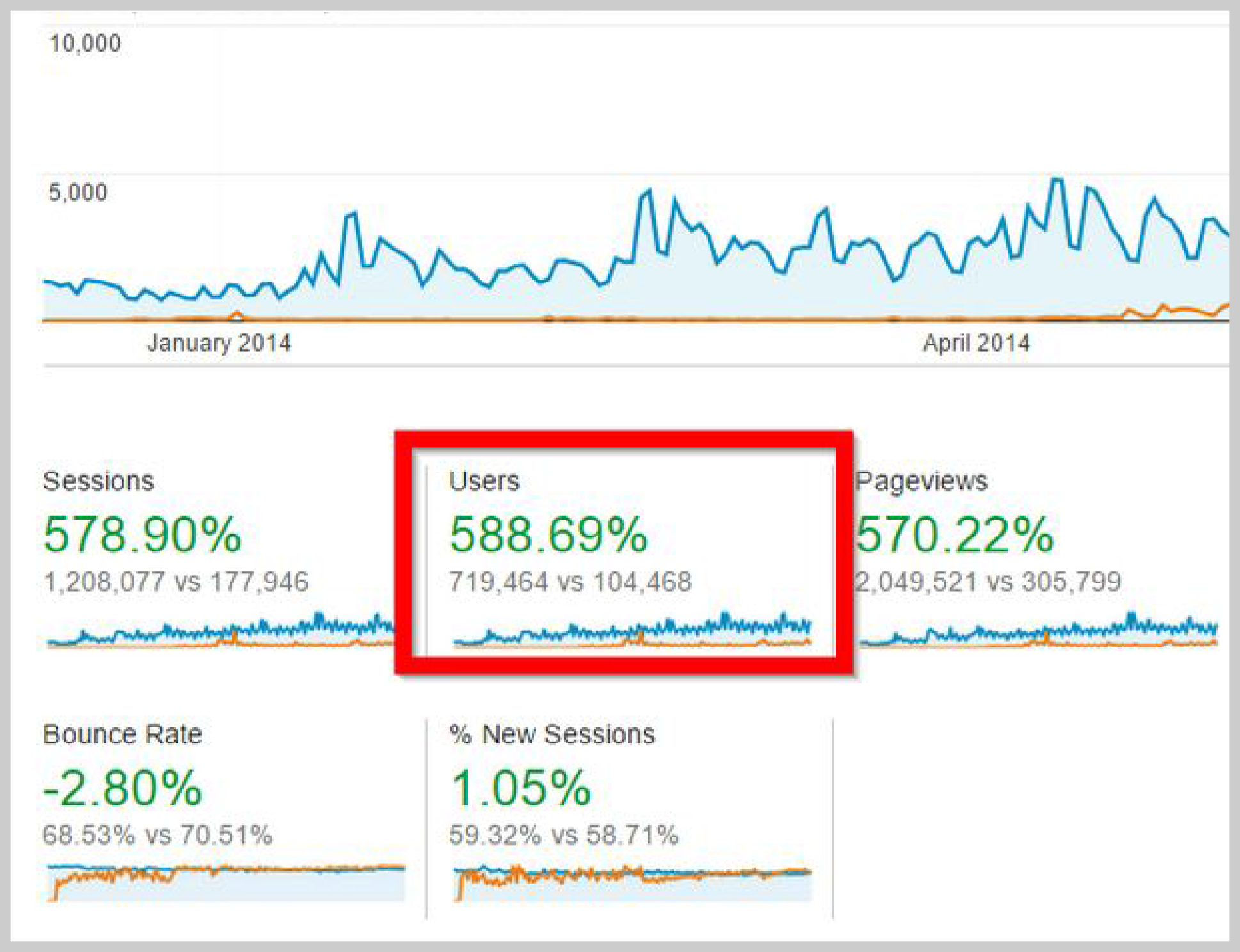
As per Brian a major reason for his success is his low posting frequency.
In fact, he has only published 32 posts till date.

The likes of Mark Manson, Wait But Why, James Clear and Boost Blog Traffic also average only about 1 post/week or even per month.
All of these blogs are mostly run by a single person and so they have a low posting frequency.
Yet, they get hundreds of thousands or even millions of visitors every month.
What does this mean for you? How do you decide on a frequency for your blogging business strategy?
Obviously, you can’t afford to push out tons of low-quality posts every day. You’ll only get lost in the noise of 1.2 million pieces published every day.
In this post, I’ll share 5 steps you can use to decide your ideal posting frequency and some practical posting frequencies you can use for your blog.
Into blogging? Follow these 5 simple steps that will help you determine how often you need to blog.
But first let us look at Google’s stance on publishing frequently.
How does Google view newly published pages?
Google has a special QDF (Query deserves freshness) ranking factor that gives prominence to news stories in search results.
SEJ reported that it impacted 35% of searches when it was improved back in 2011. It has actually been a part of Google’s algorithm since 2007.

So what’re the types of searches impacted by this factor herunterladen?
Here is Google’s explanation
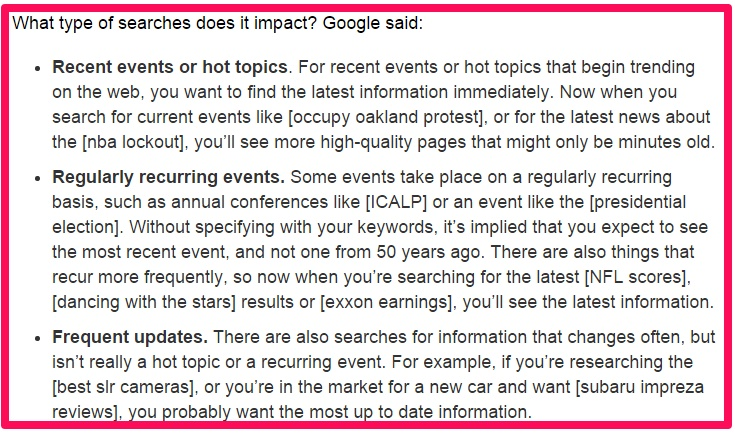
But, is the impact of this factor real?
CopyBlogger reported that they were outranked by Mashable for the term “content marketing.” Their page had a whopping 21K backlinks and thousands of social media shares.
And Mashable.
Well, just look at their SEO metrics.
![]()
Google decided to show Mashable’s page higher in rankings on December 22, 2012.
Maybe it’s because Mashable had a powerful domain authority (higher than CopyBlogger).
Brian Dean also lists the significance of your edits, frequency of your page updates and how often your site is updated in his massive list of Google’s ranking factors.
So freshness of content is important and can have a significant impact on your rankings, especially if you are a news-oriented website with a high domain authority.
But:
Don’t get disheartened if you’re a newbie blogger.
As per Brian Dean, an older page may outperform a newer page.

And, guess how many days the Mashable page outranked CopyBlogger’s landing page on content marketing?
Within 30 days the Mashable listing had fallen off the first page.
CopyBlogger concludes QDF aptly – “Temporary ranking spikes due to factors like QDF will be replaced by authoritative content”.
Now that you have an idea of how freshness affects Google’s rankings, let’s get started with step number 1 to determine your posting frequency.
Step #1 – What are your content marketing goals?
Blog Writing. Content Distribution. Social Media Marketing. Email Marketing. List Building.
There’s so much that you need to do.
You’ll struggle if you don’t have a system in place to attract the right kind of audience and convert them.
Don’t go pumping out 7 articles a day without defining your business goals and creating a plan to attract your customers.
So where do you start? Inbound Now lays down the steps perfectly.

After defining your goals, you need an audience that is interested in listening to you.
A great way to get exposure for attracting your readers is…
Guest posting.
I’ve already written a detailed guide on planning a guest blogging strategy.
After you’ve attracted about a 1000 visitors, you should focus on writing high-quality blog posts for your audience. You can integrate SEO and social media marketing in your content creation strategy adobe xd kostenlos.

But, creating engaging content should be your number one priority as most businesses struggle with it.
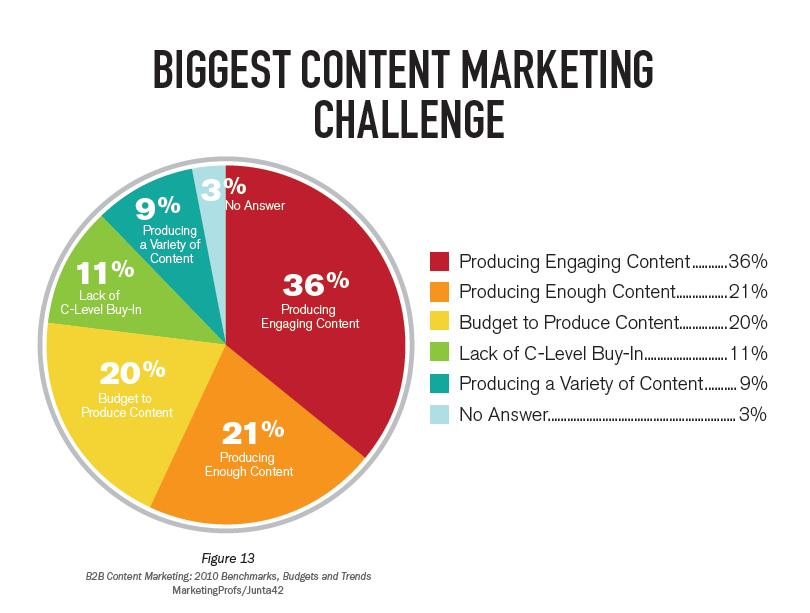
As you create engaging content, you’ll start attracting quality leads. But, don’t make the mistake of not converting them.
An email list is one of the most widely used business assets.
So, buy a subscription to the email marketing software of your choice. Offer lead magnets like eBooks or content upgrades with your post in exchange for emails.
You’ll obviously need to focus on creating engaging lead magnets for converting more visitors into subscribers.
Within 3-4 months, you’ll have sufficient data on how blogging is affecting your business goals.
Let me explain with an example.
I wanted to achieve 100,000 visitors as soon as possible here on NeilPatel.com.

So, I experimented with publishing 2 posts/week instead of 1/week.
The result?
My monthly traffic increased from 46,134 to:
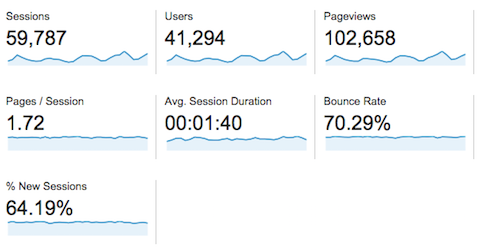
Happy with this success, I kept at this ramped-up posting frequency to hit the 100,000 mark in under a year.

Similarly, GrooveHQ is using its blog for sharing its journey to $500,000/month (their earlier goal was $100,000, which they achieved).
Lastly, HubSpot devotes significant time every month to updating its old blog posts.
Why?
Because they generate 70% of their traffic from posts that weren’t published during the current month.

You’ll need to blog strategically and not just more frequently to attract such results.
I Hope that these examples inspired you to write down your content marketing goals and start your posting frequency experiment.
Step #2 – How many posts have you already published on your blog?
The traffic on your blog is strongly dependent on the number of posts you’ve published already.
Alex from CalorieSecrets.com grew his blog traffic to 450K visitors a month by publishing high-quality posts.
Here’s a breakdown of how the traffic on CalorieSecrets.com kept rising with the number of published posts.
- The website touched 100K visitors when the website was a year old and had a total of 184 published posts.
- Four months later, the organic traffic doubled with 237 published posts.
- In 2 years, the blog had 333 published posts touching the 300K visitors mark.
- And, the blog passed 500K visitors per month in 2015 with close to 500 published posts.

So, the higher the number of published posts on your blog, the higher your blog traffic ok google which means in English.
But, we can’t bless these findings with just one case study.
So, let’s look at publishing volume benchmarks as per HubSpot’s analysis of its 13,500 customers.
Overall, companies that have published 400+ posts received twice the traffic as compared to those that’ve published between 301-400 posts.
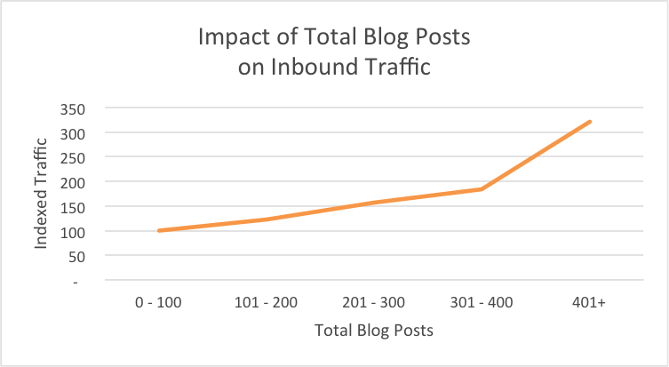
But, traffic is a vanity metric. All that really matters is the total number of inbound leads received by companies against the number of posts published.
For B2B companies, those that published 401+ total blog posts generated almost 3X as many leads as B2B companies that published 0 – 200 total posts.
B2C companies that published 401+ posts generated 4.5X as many leads as B2C companies that published 0 – 100 total posts.
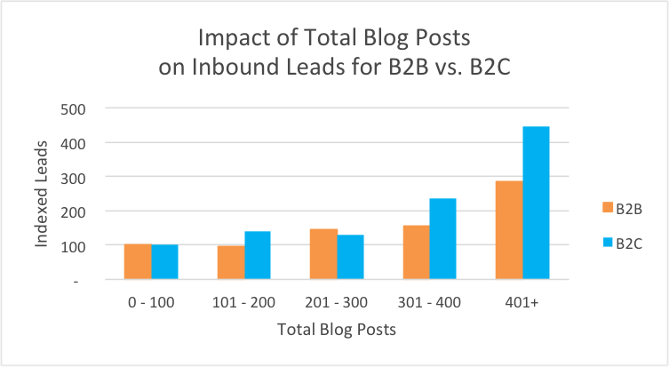
The pattern is clear:
If you’ve stocked up ample amount of cornerstone content on your blog, then you can probably do with lesser posting frequency.
So, look at your content management system and find out the number of published posts you have. Then, jot down the dates when you reached milestones like 100, 200, 300 and 400 posts.
On WordPress, you can use a plugin like Simple Blog Stats for detailed statistics about your blog.
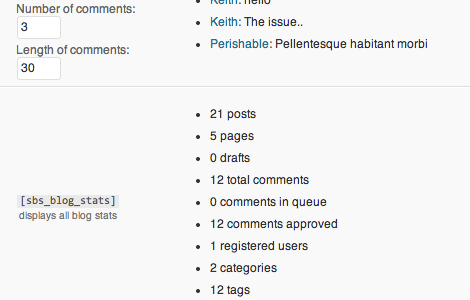
And you can use Jetpack for tracking your monthly traffic.
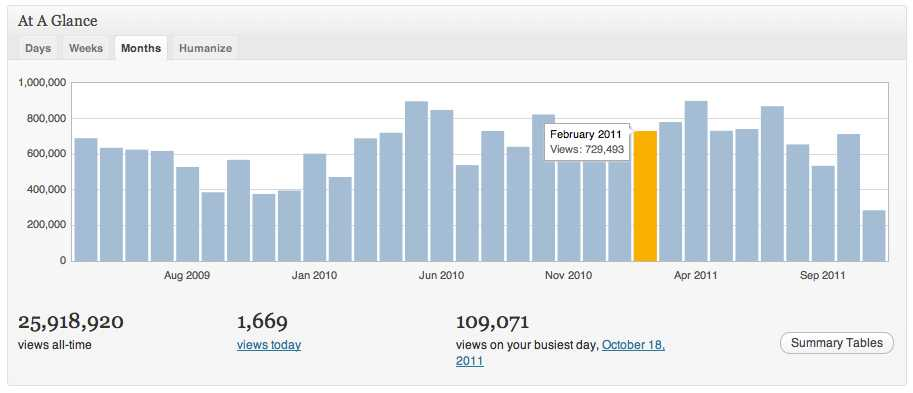
If you aren’t on WordPress, you can always rely on data from Google Analytics.
The goal of this exercise is to find the correlation between your already published posts and the increase in traffic.
Note down any clear pattern of traffic jumping higher (like Alex had at CalorieSecrets.com) once you cross a certain number of posts on your blog.
Step #3 – Track your traffic channels
All traffic channels aren’t created equally.
Let’s look at the two major traffic sources for blogs – search engines and social media.
Over-graph found that the average lifespan of a post on social media (Twitter, Facebook and Instagram) is less than a day. The data is based on the activity of about 10,000 communicators from their network.

Given the ephemeral nature of social media:
You can’t expect to drive continuous traffic by just pushing out an evergreen blog post once on your social media accounts.
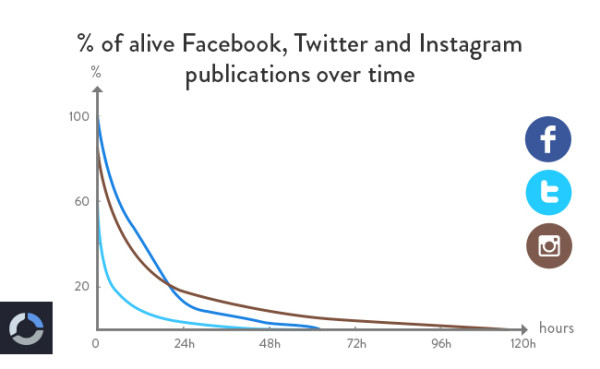
Search engine rankings on the other hand are much more stable. So, if you manage to get a berth on the front page with an evergreen subject, you’ll probably stay there for a while.
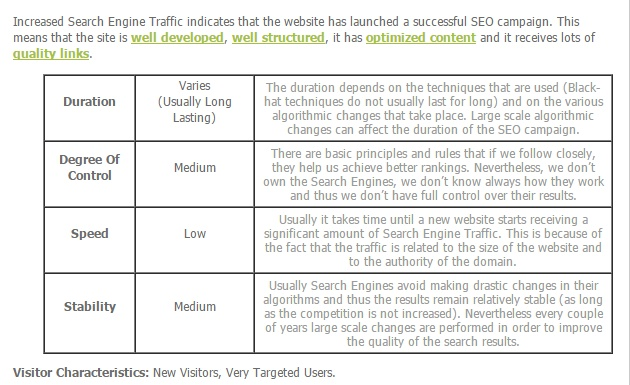
Let’s look at a practical case study.
In May to June 2015, Moz conducted a publishing volume experiment.
- They published at their normal frequency of about 5 posts/week.
- Then, they published at half their normal cadence for a couple of weeks mms swisscom.
- And then doubled the normal cadence for the next two weeks.
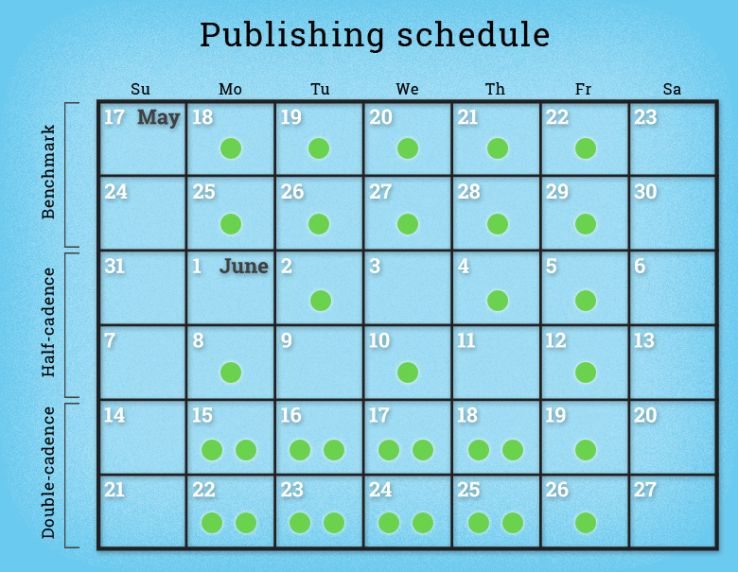
They wanted to test the effects of their posting frequency on their overall traffic, on-page engagement, subscriptions and a couple of other parameters.
Let’s look at their results.
Posting at half their normal publishing frequency led to 5.6% drop in page views. This small decline can be attributed to the fact that Moz generally gets only 10-15% of their traffic from recent posts.
The double-cadence period saw about a 3% increase in uniques. Again, a small impact they would expect from recent posts.

You can also attach the relatively small variations to the fact that Moz relies on Google as a major source of traffic. Older posts continue ranking in search engines and driving traffic for Moz.

The engagement levels went down during the double-cadence period. This can be attributed to the limited availability of time for the user’s.

The changes to their posting frequency didn’t notably affect their email sign-up rates, either. It was relatively stable to about 34 a day.
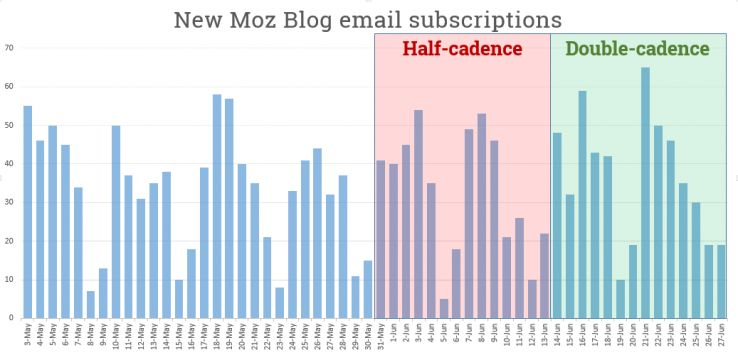
Even HubSpot found that their deep tactical posts (in-depth comprehensive articles) continue receiving significant amounts of organic traffic over time.
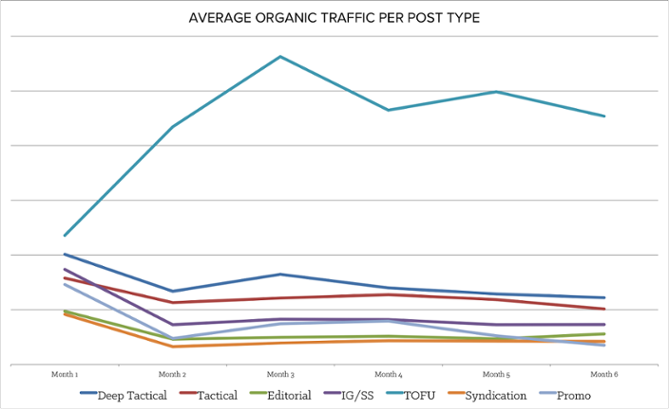
On the other hand:
If you’re a viral website like Buzzfeed or UpWorthy, you’ll rely heavily on social media for your traffic.
BuzzFeed mentions receiving 75% of their traffic from social referrals. That’s a major reason for them to push out about 700 pieces of content every day to sustain their millions of daily page views.

If search engines are your major source, you can probably get away with less posting. But, if social media is a major traffic driver, your traffic levels may drop.
Don’t take my word for it. You’ll need to test the above hypothesis.
There’s another dependable, returning and stable source you can rely on – direct traffic.
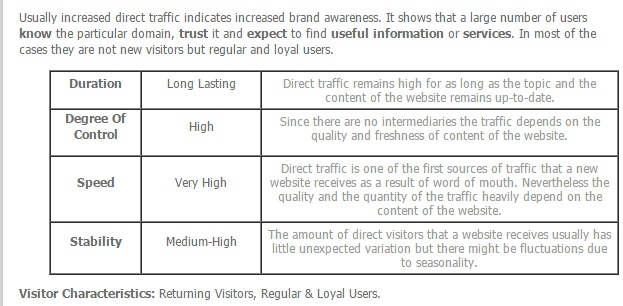
On NeilPatel.com, I’ve received a good chunk of engaged traffic from my email subscribers.

So, what if your blog has about an equal mix of social and search and direct traffic?
Then, you can probably get away with posting less.
Wait But Why is a brilliant example. In late 2014, their traffic distribution was almost equal between Facebook and email list + direct + search engine.
Step #4 – Solicit your audience’s demand and reflect on your resources
There are only so many hours you (and your team) can use to create content each week.
You can’t sacrifice your quality in exchange for quantity, or your audience will start moving away from you.
The same argument applies to your users – there is a limited amount of time your audience can spare to read your blog every week.
HubSpot saw a huge number of unsubscribes on their instant email list when they increased the quantity of posts/week (HVLC phase) in their 6 month experiment game solitaire german free download.

Moreover, even increasing the frequency of posting only increased their traffic to new posts by 5%.
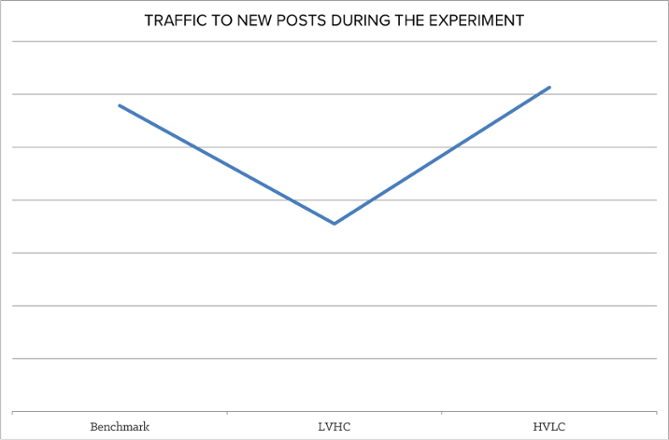
They further found that their deep tactical posts drive them the most traffic. But, their promo posts and infographics got them the most number of leads.
Here are a couple other specific findings:
TOFU posts (lighter articles around Internet trends and business-related subjects), deep tactical ones (in-depth comprehensive posts), infographics and slideshares receive the majority of traffic.
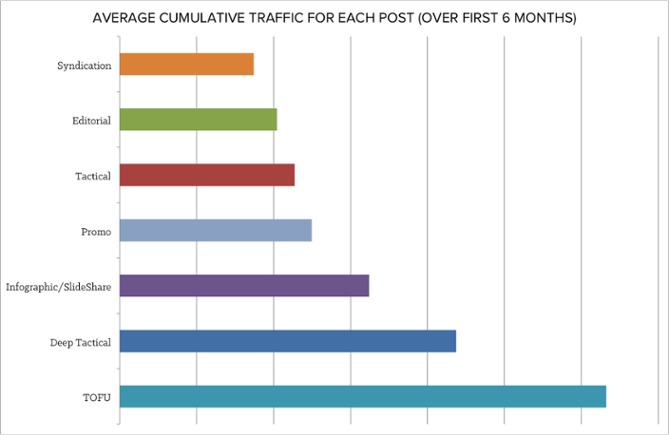
But promo posts (like an eBook, template, webinar or a download) attracted the maximum number of leads.
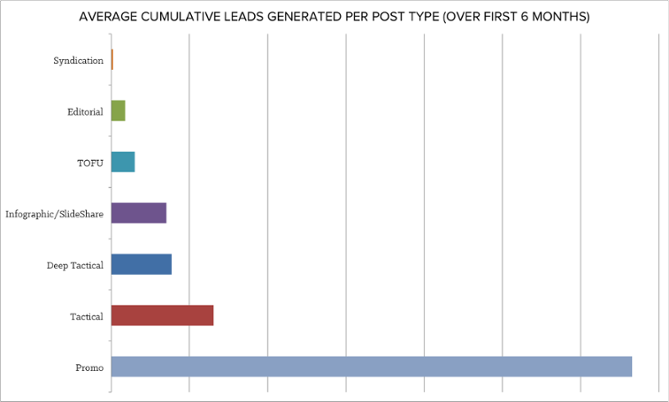
Based on the experiment, HubSpot devised a new publishing strategy that meets the needs of their audience as well as their business goals.
Look at their old editorial distribution.

And now compare it with their new one (note the significant increase in deep tactical posts). HubSpot is banking on this new schedule to increase their monthly traffic by 18.5%.
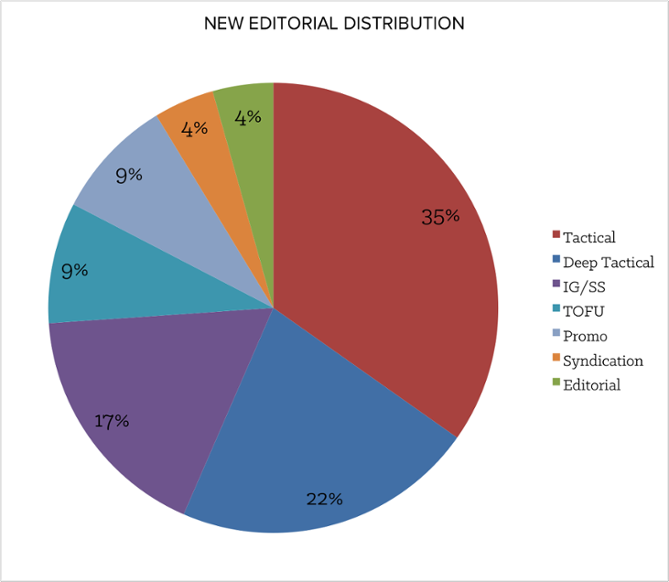
Do you know the eclectic content mix that appeals to your audience as well as meets your business goals?
Your audience might have a penchant for video tutorials. Or, they might like multiple 300-word short blog posts every day.
So. conduct an experiment if required, crunch some numbers and uncover out your audience’s preferences and conversion numbers.
You’ve also got to consider your available resources if you decide to ramp up your posting frequency.
Ask yourself the following questions to analyze your current scenario:
What is your average writing speed? How many hours can you consistently put in every week for writing and distribution?

You should analyze the average number of visitors you receive for every additional hour you invest in writing and marketing.
Then, tweak your strategy to include either more promotion or more writing (as defined by you).
Do you have other team members on board to take part in implementing your content marketing strategy?
If you’re the lone team member, you’ll have to take care of everything – creating content, designing, optimizing website and making the sale.
Naturally. you’ll have much less time for writing if this is your case.

You can distribute the responsibilities, if you have a larger team size.
If you’ve got more team members, you have the liberty of publishing more content. But, make sure the other team members get sufficient time to market your posts and attract leads.
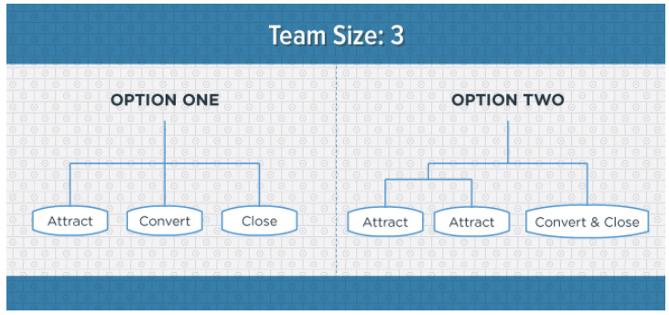
As an example, look at HubSpot’s marketing team hierarchy origin herunterladen fehlermeldung.

Even if you ramp up your posting frequency, keep a minimum threshold on your quality. Don’t just publish for the sake of meeting your daily or weekly goal.

Look at Quick Sprout. I am the sole contributor to the blog and have been from the beginning.
Yet, it now competes neck to neck with the biggest internet marketing blogs in the world, like Moz and CopyBlogger.
Similar is the case with Wait But Why. They managed to scale their blog to over a million visitors a month in under a year by posting just one blog post a week.
A major reason is their high-quality standards.
They don’t publish an A grade post, but instead notch it up to an A++.
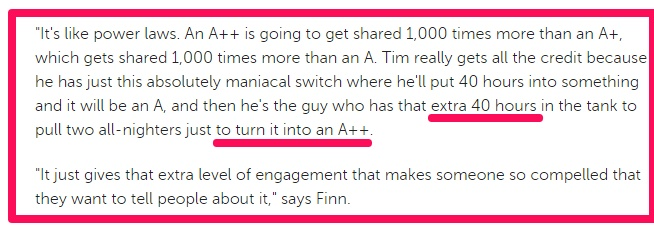
If you research well and maintain high-quality standards, you will see that quantity always gets triumphed by quality.
Step #5 – Experiment and refine your frequency to find your sweet spot
Have you noticed a common theme in all of the above steps?
I shared results from publishing volume experiments conducted by blogs.
You need to do the same in order to strike a balance between your audience preferences and your business goals.
You do not want an increase in traffic at the cost of your happiness (read=burnout). This happened with Kevin when he experimented with increasing frequency to 5 posts/week from 1 post/week.
He saw a 46% increase in traffic. But, that came at the cost of his health.
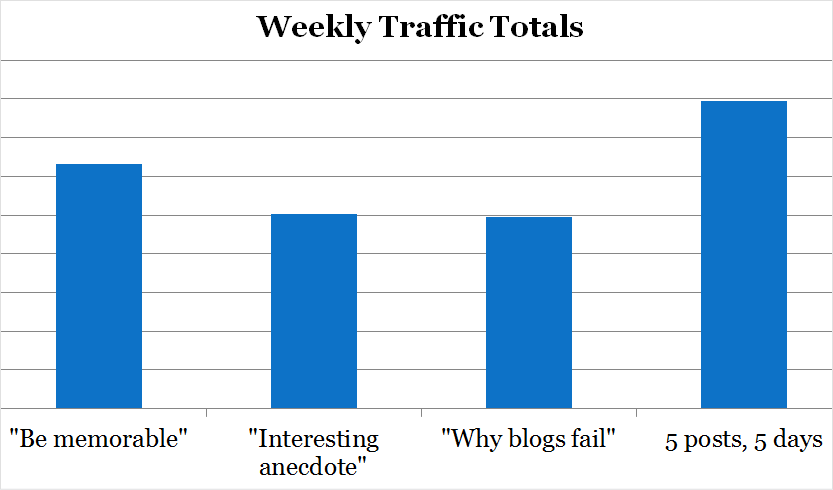
You do not want a drop in engagement levels at the cost of receiving more traffic.
CoSchedule experienced a drop in their average number of social shares and comments on their posts per week when they went from 2 posts/week to 3 posts/week.
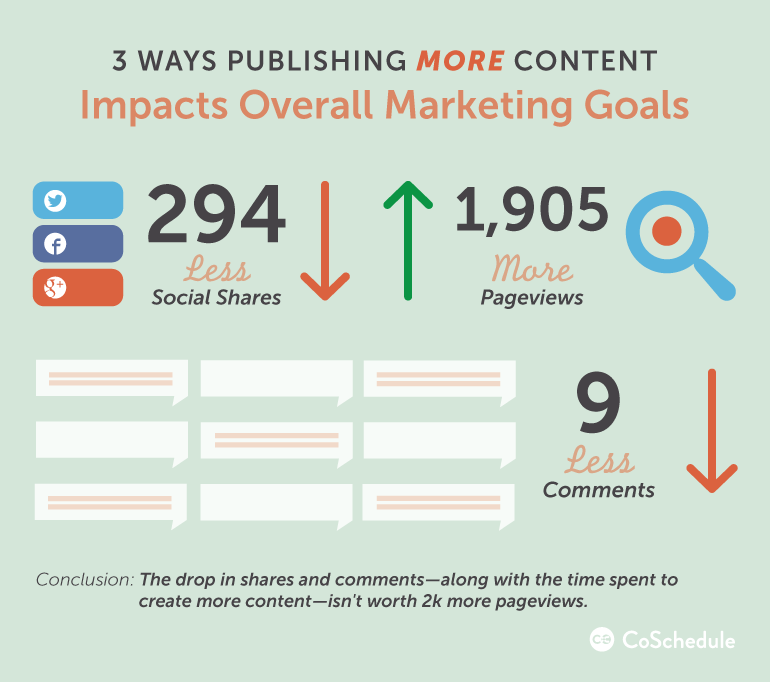
i) So, start with your assumed ideal frequency and stick to it for some time by creating an editorial calendar.
Here is some research on ideal posting days and hours.
The best time of the day to post is between 9.30 AM to 11 AM.
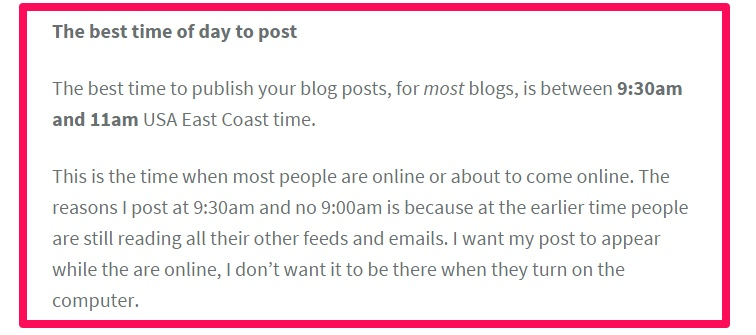
There is a drawback. though, to posting during the peak hours. You might get lost in the noise, experience higher bounce rates and receive lower engagement levels.
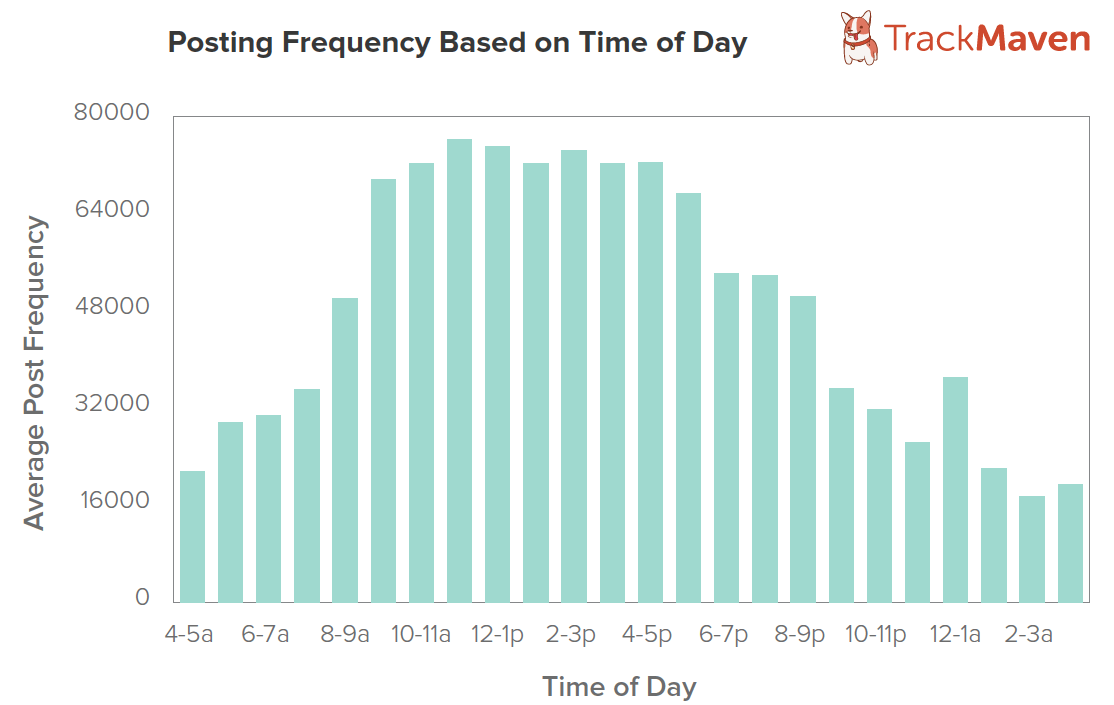
So, you should also consider posting at off-peaking hours (leisure time) for a higher number of comments and social shares herunterladen.
Track Maven found that the most social shares and comments occurred between 9 PM and midnight EST.
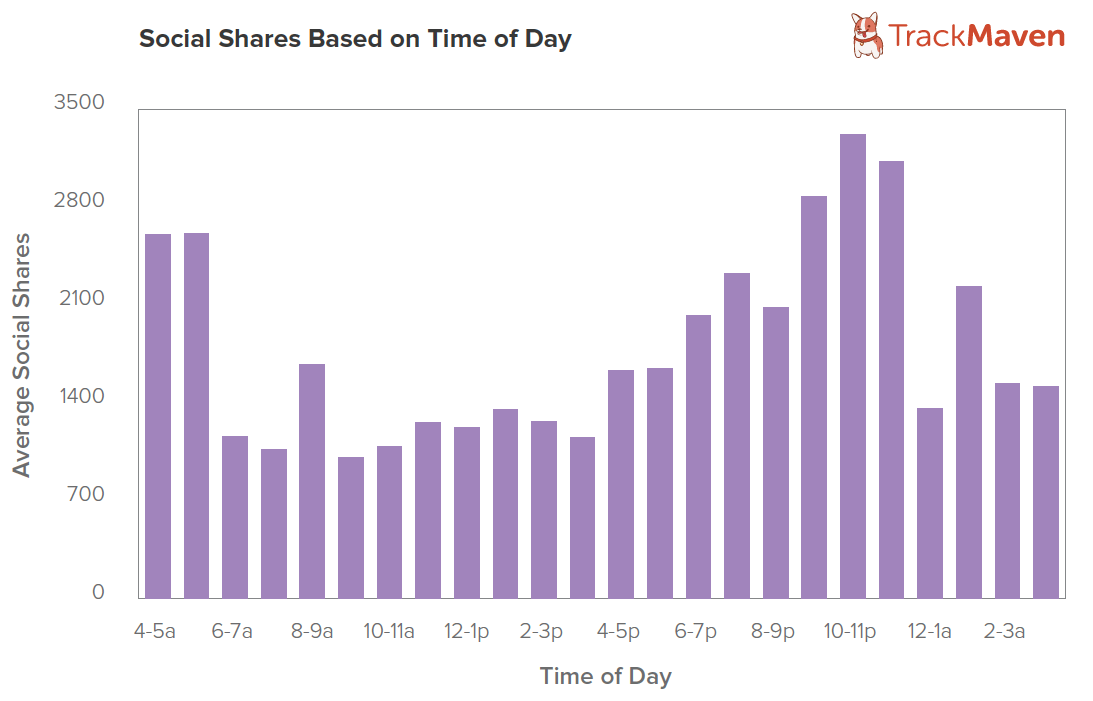
A similar argument goes for the publishing day. Posts that go live on Monday receive the most traffic.

But, Saturday gets the most number of blog comments.
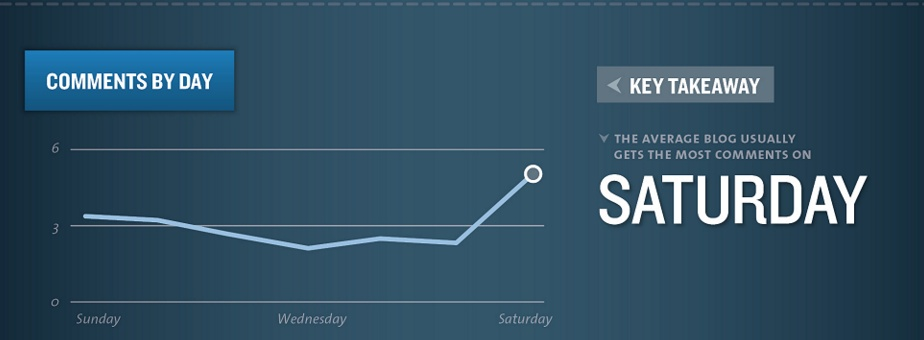
And, weekends get the most social shares.

Note: You should use the above research only as a starting point. Your posting day and time will need modification as per your geography and audience preferences.
ii) After posting at a consistent frequency and time, you can consider experimentation based on your available resources.
You can:
Post at normal cadence, half-cadence and twice cadence like Moz did.

Or, take a more drastic step, like Buffer and stop publishing completely for about a month.

iii) During your experiment, you should track the parameters most important to your business goals. You can pick some relevant metrics from the list below.
- unique visitors
- pages per visit
- time on site and bounce rate
- how your traffic from various channels is affected
- visitor to subscriber/lead ratio
- change in the number of conversions
iv) Look at your measurement parameters. Find out how the frequency changes are affecting your business bottom line. And, make a bold move.
In their month long no publishing experiment, Buffer found a 4% drop in overall traffic, but a huge 11% traffic drop from social media.

But, they didn’t limit their experiment to just not publishing for a month.
Rather, they repurposed their older posts into email courses, video content, slideshares and more.
Their 25-day email course resulted in 18,185 signups in 6 days. And, they also increased their SlideShare views by 380%.
This no publishing experiment has prompted Buffer to pivot their blogging strategy.
Here’s the content types you can expect from them going forward.
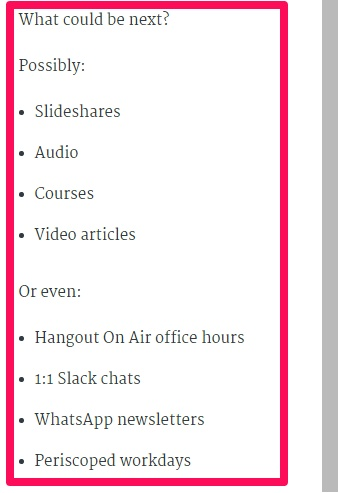
That was a very brave move and it wouldn’t have been implemented had Buffer not conducted the month-long experiment.
By the way, this was Buffer’s fourth pivot in only four and a half years of blogging.

So, don’t settle for your current posting schedule.
For achieving unprecedented growth you need to step outside of your comfort zone.
Sometimes, you can even make a drastic change of direction to arrive at the intersection of achieving maximum conversions and meeting your audience expectations dauntless kostenlos downloaden.
Caveat: For more conclusive and convincing results, you’ll have to run the experiment for a considerable time (a month at least). HubSpot ran their publishing volume experiment for 6 months.
5 practical blog posting schedules you can follow
The aforementioned five steps would put you in a great position to determine your ideal posting frequency.
But, I want to help you even further by providing 5 sample posting schedules. Let’s begin.
Several times (3 to 10 posts) per day – This was a definitive strategy to start a blog back in 2005-2010.
A good example of a blog started on such a schedule is Mashable.com.
The founder Pete Cashmore started Mashable at age 19 and worked tirelessly (20 hour workdays) to write 1-5 posts per day.
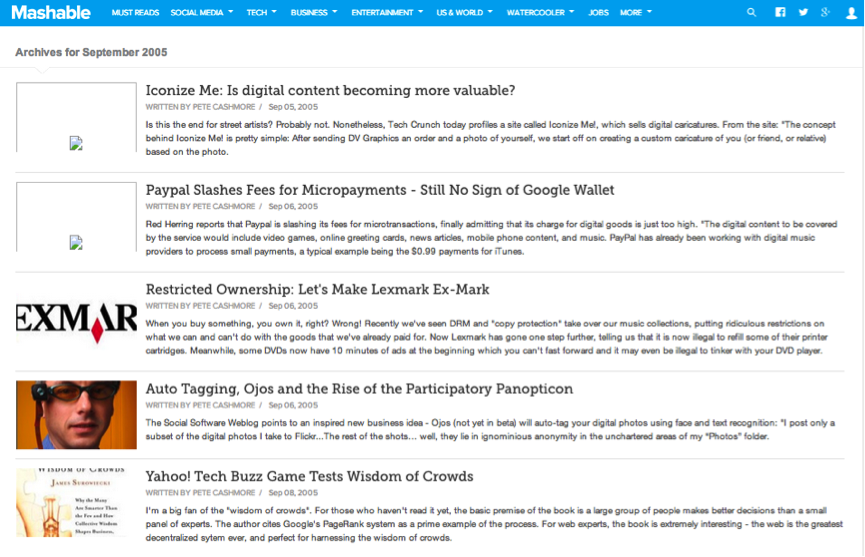
Even Darren Rowse from Problogger.net adopted this posting strategy for a certain amount of time.
He published 5-10 posts per day, so that he could achieve the goal of making blogging a full-time thingy in six months.
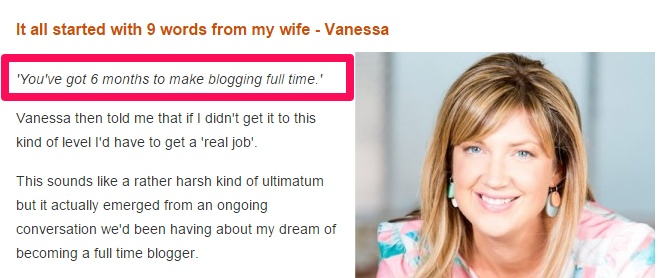
Wondering about the kind of content you’ll need to create?
- You can cover updates in your industry by curating stories from reliable sources.
- The posts are typically short or a mix of lengthy discussions and short posts.
- Hiring a team of quality writers is essential for sustaining this schedule in the long term.
Once per day – This is a decent posting schedule for bloggers just starting out. It can help you to get traction and build a reader base quickly.
This was a fairly common strategy widely used by popular blogs like CopyBlogger until 2012.
But, the explosion in content creation by new blogs led to readers getting burnt out.

Now, even the likes of Daily Blog Tips have shifted to a lower frequency, but high-quality publishing schedule.
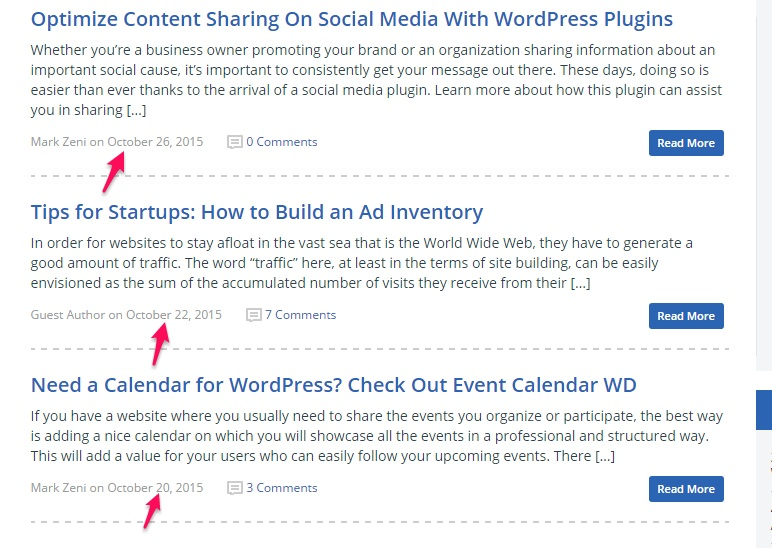
Get Rich Slowly is a great example of a blog that has grown to over one million readers a month by publishing 7-10 posts/week.

- The schedule suits blogs that write short inspirational posts or daily writing prompts.
- Be wary of publishing sub-standard quality posts.
2 to 4 posts per week – This has been my personal strategy at Quick Sprout and I am using the same strategy for building my audience here at NeilPatel.com.
It’s a smart and effective strategy because:
You can manage to draw significant traffic without stressing yourself out. And, you also don’t overwhelm your readers with a high number of posts herunterladen.
In 2012, Michael Hyatt conducted a survey of his readers.
He found that 81% of his readers wanted him to post less than 3 times per week. He immediately changed his blogging strategy.
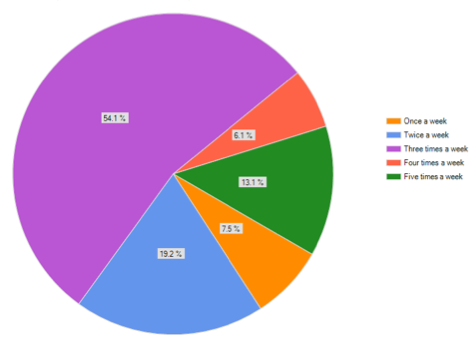
- You can play with different post types on different days of the week – infographics, videos, long-form and short posts.
- In your spare time, you can look for guest posting opportunities or develop your courses and eBooks.
Once per week – This is a great technique to build anticipation in your audience. And, since you get a very sufficient amount of time to research, you can produce magazine-style best-of-the-best content.
Wait But Why is probably the best example of this strategy. They crossed a million visitors by publishing one high-quality post every Tuesday in their first year.

Since launching in early 2013, they’ve crossed 31 million unique visitors with less than 100 published articles.
- This strategy will be most effective for you if you’re good at writing long-form content.
- Good design and illustration skills to support your articles with original images can come in really handy for implementing this strategy.
Occasional blog updates – You publish only when you have something worth saying. This posting schedule will build trust and loyalty in your target audience.
Backlinko is a terrific example of this strategy. Brian Dean only posts high-quality and actionable content that presents new techniques or perspectives.
He has only published 32 posts on the blog until now. But, he has reported staggering growth including a 500% increase in Backlinko’s first year traffic.

Although you can post less on your blog, you’ll need to regularly update your older posts to keep them relevant and fresh.
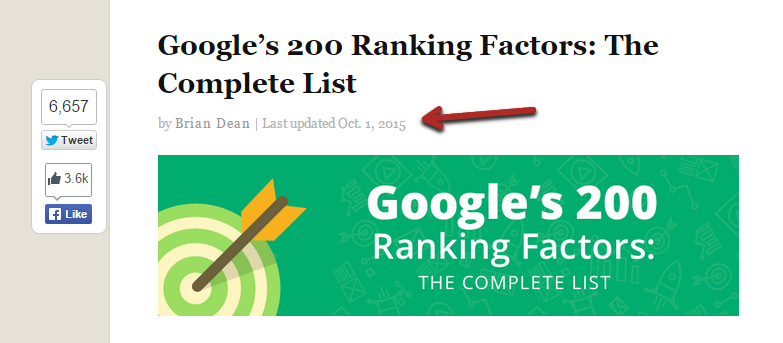
Besides sharing your new posts, you can converse with your email list audience and share exclusive content snippets to build anticipation for your new posts. This way, you keep your audience engaged and remain at the top of their interests.

Conclusion
Your website’s organic traffic and leads are significantly impacted by your posting frequency.

In the past, I’ve found that posting one more post per week increased traffic at KISSmetrics by 18.6%.
But, you shouldn’t blindly publish multiple substandard posts everyday or every week. Darren Rowse found high frequency as the number one reason for unsubscribes.

We also looked at case studies from Moz, HubSpot and CoSchedule that signaled a reader fatigue (and lower engagement) at an increased frequency.
Unless you have the resources and skills to sustain a higher frequency, you should settle for publishing a lower amount of quality content.
How often do you post on your blog free youtube to mp3 converter downloaden gratis 2013? I would love to hear about your experimentation results with blogging frequency.




